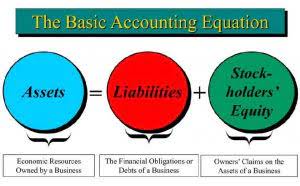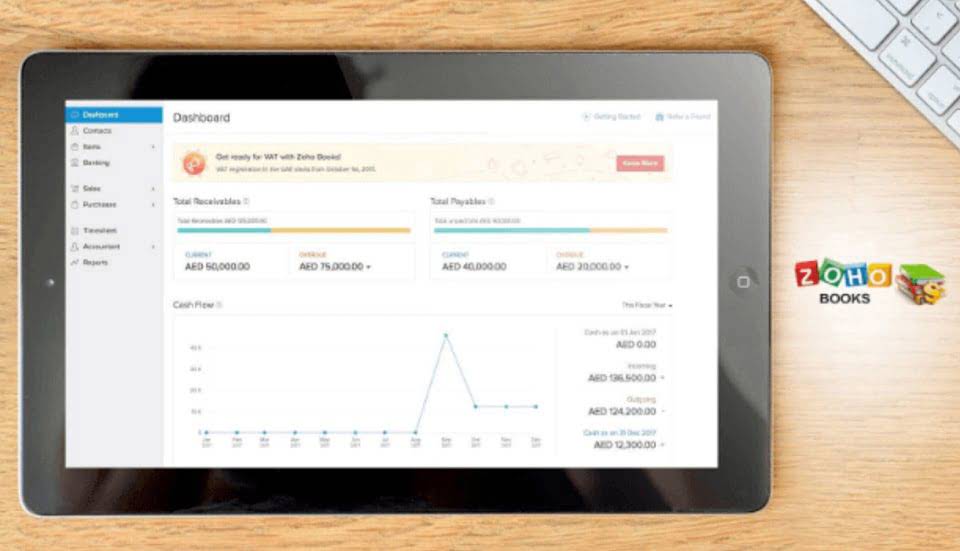5 Main Elements of Financial Statements: Assets, Liabilities, Equity, Revenues, Expenses

In essence, the role of standards and regulations is to safeguard the interests of financial statement users by establishing a robust framework for financial accounting and reporting. GAAP, IFRS, and SEC regulations collectively contribute to transparent, reliable, and comparable financial information, promoting better decision-making among investors and other stakeholders. Taking the time to analyze financial performance using financial ratios, trends, and comparisons is crucial in making well-informed decisions regarding a company’s health and potential for growth. It reports the changes in operation over time, How to Invoice as a Freelancer including donations, grants, event revenue and expenses.
Understanding Period Costs: The Hidden Expenses Impacting Your Business Bottom Line
Thus, it helps us understand whether the operations of a firm have created economic value over a certain timeframe.. These reports provide formal written records of a company’s affairs and financial performance. An income statement summarizes a company’s revenues, expenses, and net income (or loss) for a specific period. For public companies, regulatory bodies such as the Securities and Exchange Commission (SEC) in the United States oversee compliance with accounting standards and financial reporting requirements. The SEC mandates that publicly-traded companies adhere to GAAP when preparing their financial statements. By analyzing the cash flow statement and its three main components, stakeholders can understand a company’s performance in managing its cash resources and evaluate its financial position more accurately.

What is the impact of period costs on profitability?
Marketing and advertising expenses, designed to promote products or services, are also classified as period costs because they are part of the selling effort and not directly part of the manufacturing process. Financial statements play a crucial role in decision-making for investors and stakeholders. These documents provide insight into a company’s financial health, allowing interested where would period costs be found on the financial statements? parties to assess the business’s value, creditworthiness, and potential risks.
Income Statement: Definition, Types, Templates, Examples, and More
- They can be found on the income statement under selling expenses, administrative expenses, or general expenses.
- For example, paying for six months of office rent in advance means only one month’s rent is expensed each month, with the remaining five months carried as a prepaid asset.
- Understanding these distinctions is not just a matter of regulatory compliance; it also provides insights into the operational efficiency and cost management of a company.
- Period costs typically do not directly impact the balance sheet, as they are not considered assets.
- Now we already know what financial statements the company needs to prepare for the period to comply with the relevant financial reporting standard.
- Moreover, the auditor’s opinion is generally not revised to include an explanatory paragraph in a Little r restatement scenario.
A software company, for instance, might incur substantial costs for cloud services and customer support, which do not directly contribute to software development but are essential for maintaining operations. The correct order of financial statements is the income statement, statement of change in equity, statement of financial position, and statement of cash flow. As explained above, period costs are the costs that match the current period’s revenue only. So even if an expense has been accrued and will be paid for in the future, it shall be reported on the income statement as a period expense. Properly classifying costs is key for accurate financial statements, and understanding the different roles of Period and Product Costs is crucial for financial reporting.


From an accounting perspective, this distinction is crucial because it affects how and when costs are recognized. Product costs are considered assets until the product is sold, reflecting the potential future economic benefit they will provide. Conversely, period costs are seen as immediate outflows of resources, reflecting expenses that do not have future economic benefits. These expenses are critical in the context of financial reporting period https://ronald.onlinedigitalprojects.com/2021/04/19/12-best-dallas-tx-bookkeeping-services/ costs, as they need to be accounted for accurately to reflect the true financial health of the organization. Misclassifying these costs can lead to distorted financial analysis and decision-making.
What Is a Period Cost and How Is It Accounted For?
- However, most publicly-traded companies produce a Profit & Loss Statement quarterly or for a 6-month period.
- Period costs are categorized into different types, each with its own unique characteristics.
- Instead, they are related to the overall operation of a business during a specific time period.
- This is the least used of the financial statements, and is commonly only included in the audited financial statement package.
- For example, if assets are increasing and the liabilities are stable, then equities will increase.
- They demand careful consideration due to their immediate effect on the income statement and their influence on both short-term and long-term financial strategies.
In order to help you advance your career, CFI has compiled many resources to assist you along the path. These statements are prepared as the requirement of management, owners, shareholders, governments, and other related authority organizations. If you want to pursue a career in Financial Analysis, your practical skills are what set you apart from the crowd. With the most popular accounting and auditing tools at hand, you’ll have a better chance at enhancing your job prospects, irrespective of your background.
They shape the narrative of a company’s financial performance and efficiency, influencing how analysts and investors perceive its operational health. By understanding the interplay between period costs and financial ratios, stakeholders can make more informed decisions and better assess the underlying drivers of financial outcomes. From the perspective of a financial analyst, period costs are scrutinized for their impact on a company’s short-term financial health. They are often seen as administrative overheads that, while necessary, do not contribute directly to the revenue-generating activities of the business. For instance, sales commissions, although a selling expense, are period costs because they are tied to the period in which the sale occurred, not to the production of the goods sold. The income statement illustrates the profitability of a company under accrual accounting rules.

Accounting
- Periodcosts also excluded any expenditure incurred for purchasing a fixed asset andbringing it to its current condition i.e. any capital expenditure.
- For example, cash flow from operating activities helps users know how much cash an entity generates from the operation.
- Indirect allocation requires careful consideration of allocation bases to ensure that costs are allocated fairly and accurately.
- Understanding the importance of period costs is crucial for accurate financial reporting.
- The distinction between period costs vs product costs is crucial for accurate financial reporting.
BDO supported a state agency’s Oracle ERP implementation by providing experienced accounting, HR, and IT professionals to maintain operational efficiency during the transition. As the agency’s needs evolved, BDO expanded its support and became a trusted advisor. Tax complexity has become a labyrinthine issue that affects individuals and businesses alike. Market sentiment is often described as the overall attitude of investors towards a particular… Liabilities are an entity’s obligation to other persons or entities—for example, credit purchases, bank loans, interest payable, taxes payable, and an overdraft.


Tuliskan Komentar